This was a trip that has been on my bucket list for some time and unfortunate I knew I had to do this trip soon. I am a big fan of the animals and being a Canadian the polar bears are an iconic symbol of my country. The unfortunate part is that I wanted to see them in the wild before climate change eliminates their habitat.
This was a relatively short trip, just five nights, with two of those being in Winnipeg. The trip started and ended in Winnipeg, including airport transfers.
Nov 14, 2014
For the first day of the trip we met in Winnipeg Manitoba, Canada. This is the capital of the province and is rich with history. I was last in this town about twenty years ago and it has grown considerably but still has that small town feel.
Winnipeg is the capital and largest city of the province of Manitoba, Canada. It is located near the longitudinal centre of North America, at the confluence of the Red and Assiniboine Rivers.
The name Winnipeg comes from the Western Cree words for “muddy waters”. The region was a trading centre for aboriginal peoples before the arrival of Europeans. French traders built the first fort on the site in 1738. A settlement was later founded by the Selkirk settlers in 1812, the nucleus of which was incorporated as the City of Winnipeg in 1873. As of 2011, Winnipeg is the seventh most populated municipality in Canada.11
Known as the “Gateway to the West”, Winnipeg is a railway and transportation hub with a diversified economy. This multicultural city hosts numerous annual festivals, including the Festival du Voyageur, the Winnipeg Folk Festival, the Jazz Winnipeg Festival, the Winnipeg Fringe Theatre Festival, and Folklorama. Winnipeg was the first Canadian host of the Pan American Games and is home to several professional sports franchises, including the Winnipeg Blue Bombers (Canadian football), the Winnipeg Jets (ice hockey), and the Winnipeg Goldeyes (baseball).
Nov 15-18, 2014
After a great breakfast at the Fort Garry Hotel we took a charter flight (about 2.5 hours) up to Churchill, stayed there for 3 nights and then returned to Winnipeg for the night before heading to our home destinations.
Churchill (Inuit: Kuugjuaq)[3] is a town on the west shore of Hudson Bay in northern Manitoba, Canada, just south of the Nunavut/Manitoba boundary. It is most famous for the many polar bears that move toward the shore from inland in the autumn, leading to the nickname “Polar Bear Capital of the World” that has helped its growing tourism industry.
I must say that the polar bear is a magnificent animal and I am so glad I made the trek. It’s an expensive trip as the area is so remote and the small town of Churchill needs to accommodate over 6,000 visitors for about 6 weeks and then the town returns to “normal”. Hence, there is an influx of seasonal workers and guests that require accommodations and then this infrastructure sits vacant outside of the three main tourist seasons (polar bears, beluga whales and northern lights), each only about 6 weeks in length.
Nov 18-19, 2014
After a mid-afternoon flight back to Winnipeg the group gathered for a farewell dinner but I just couldn’t resist the chance to see the NHL’s Winnipeg Jets beat up on the New Jersey Devils. It was a good game, the home team won and I met up with my travellers at the Fort Gary for a frosty beverage and to say our goodbyes.
My flight on the 19th was mid afternoon so I had some time to wander around and surprisingly the Manitoba Legislative building is open to the public. Surprisingly, in this era of tight security I just needed to sign in and show a piece of identification and then I was free to wander the halls of the building and take any pictures that I wanted. This truly is “Friendly Manitoba” and the security guard even gave me suggestions on places to take pictures. It is a magnificent building, built at the time of World War 1. A great deal of European influence, especially Greek, in the construction and design.
Logistics
![]() I have been a strong supporter of the Worldwide Fund for Nature (WWF) for many years and this was a trip that they had arranged. It was the same itinerary that Natural Habitat Adventures runs but with the addition of the Managing Director of the WWF Arctic Program along and a few other enhancements. We were a small group, 10 people, plus three guides/WWF representatives and we were treated very well. I was not expecting too much being in such a remote area but the food and treatment was great. This is not to say it was four star service and lodging, this is a rough environment, so everything has a purpose and there is not much in the way of luxuries but all the places were clean and the staff always very friendly. Just don’t expect a newspaper outside your door in the morning or an extensive wine selections (one place did have about 7 different wines to choose from).
I have been a strong supporter of the Worldwide Fund for Nature (WWF) for many years and this was a trip that they had arranged. It was the same itinerary that Natural Habitat Adventures runs but with the addition of the Managing Director of the WWF Arctic Program along and a few other enhancements. We were a small group, 10 people, plus three guides/WWF representatives and we were treated very well. I was not expecting too much being in such a remote area but the food and treatment was great. This is not to say it was four star service and lodging, this is a rough environment, so everything has a purpose and there is not much in the way of luxuries but all the places were clean and the staff always very friendly. Just don’t expect a newspaper outside your door in the morning or an extensive wine selections (one place did have about 7 different wines to choose from).
Cold? How cold was it? That’s what everyone keeps asking me. Well, yes, it was cold but it’s the wind that really gets you. The land is very flat so there is not much to disrupt the wind as it blows. You will notice that in many of the pictures there is not that much snow on the ground and that is because the wind just blows it into the bay. For most tourists, I think 30 minutes outside would be about the limit for the hardy, but less if the wind is up.
![]() Although I booked this trip through WWF it was operated by Natural Habitat Adventures and they offer several trips in the area but this one I was on is the Classic Polar Bear Adventure. If you ask WWF about this trip, they referred to it as the “The King of the Arctic” itinerary.
Although I booked this trip through WWF it was operated by Natural Habitat Adventures and they offer several trips in the area but this one I was on is the Classic Polar Bear Adventure. If you ask WWF about this trip, they referred to it as the “The King of the Arctic” itinerary.
![]() The WWF website has some very great information on the plight of the polar bear and I encourage you to learn more ⇒ WWF Polar Bears
The WWF website has some very great information on the plight of the polar bear and I encourage you to learn more ⇒ WWF Polar Bears
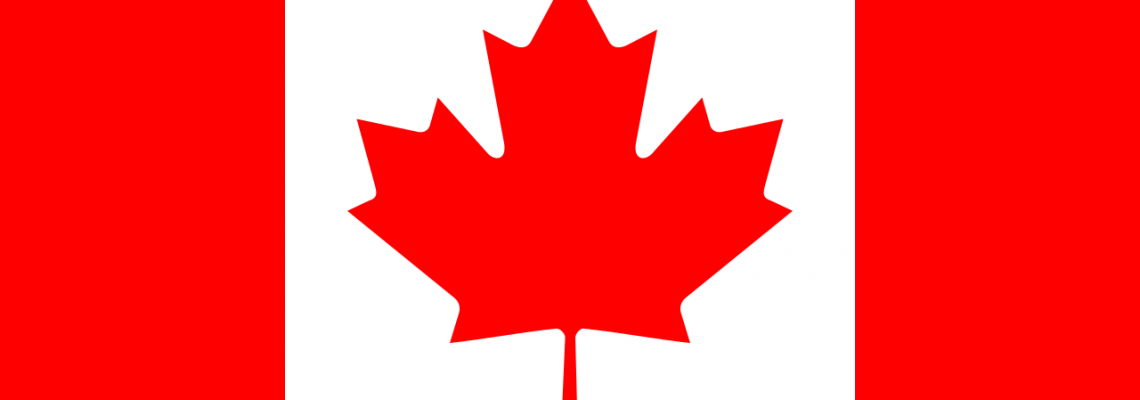
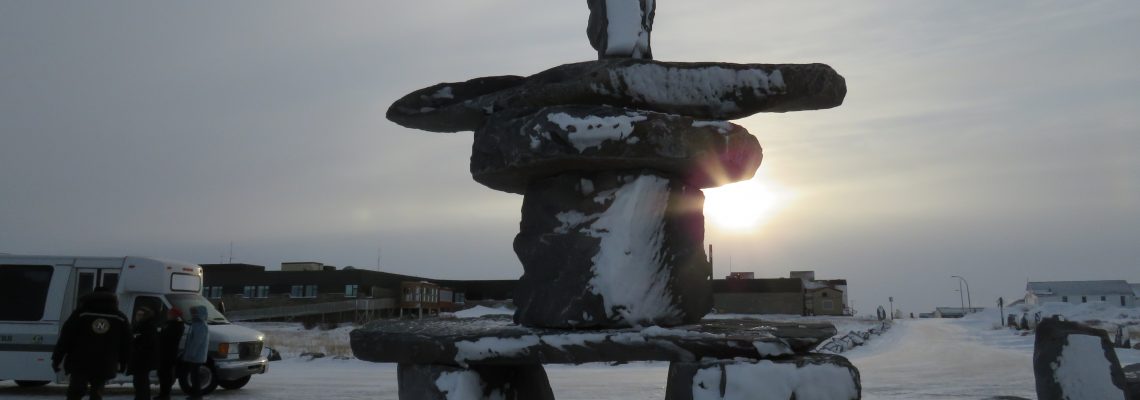
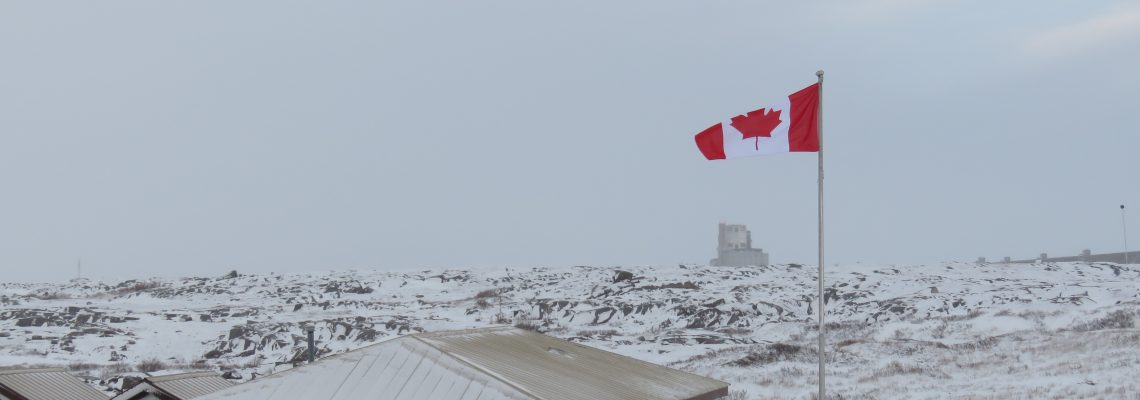
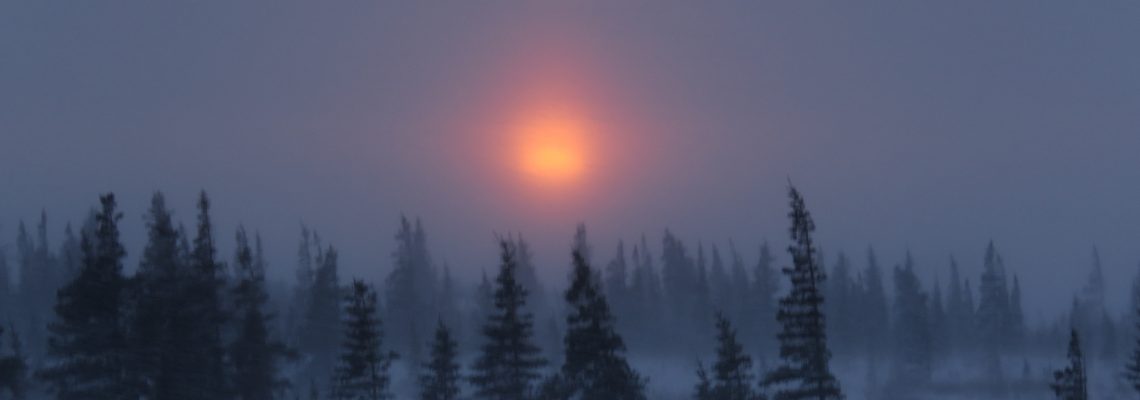
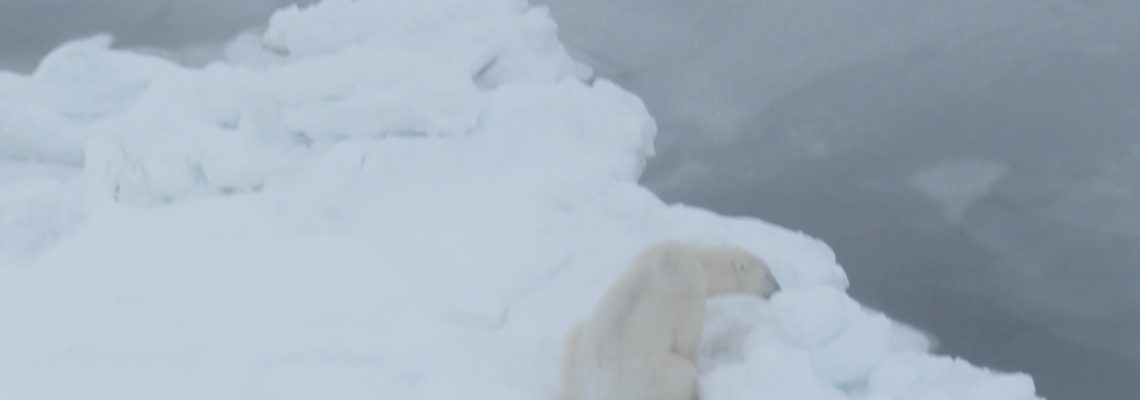
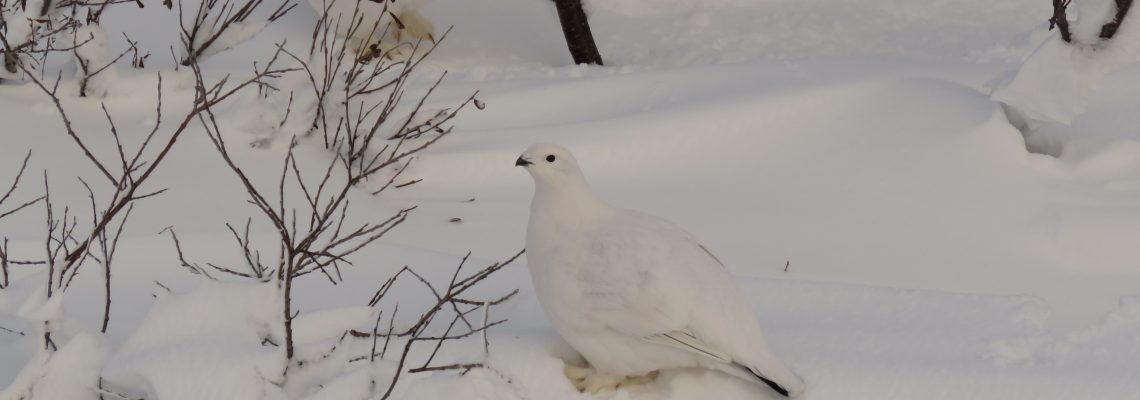
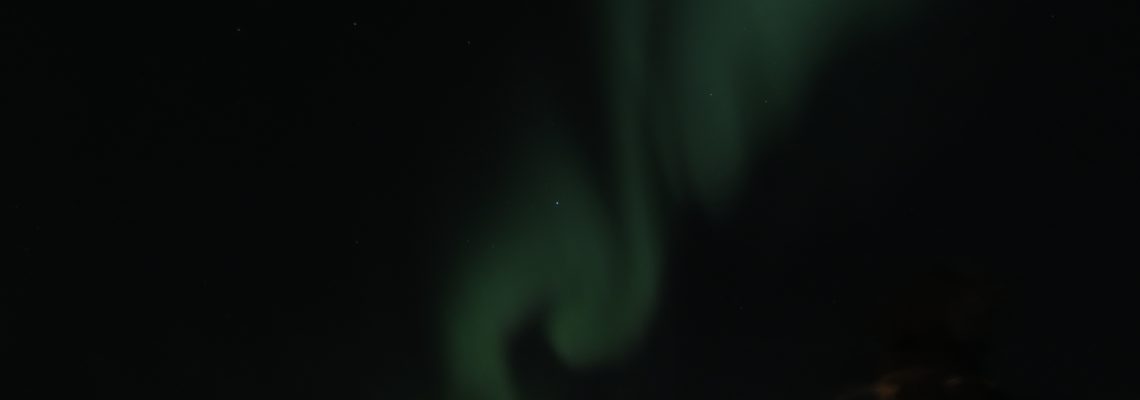
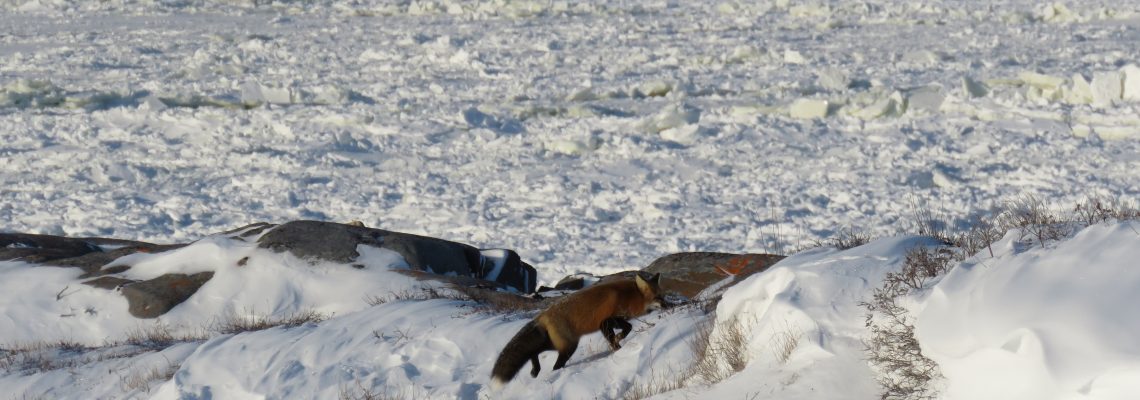
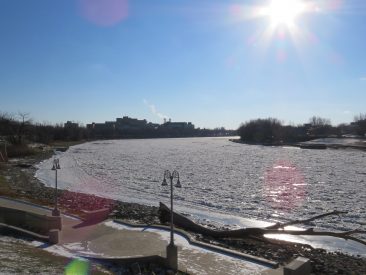
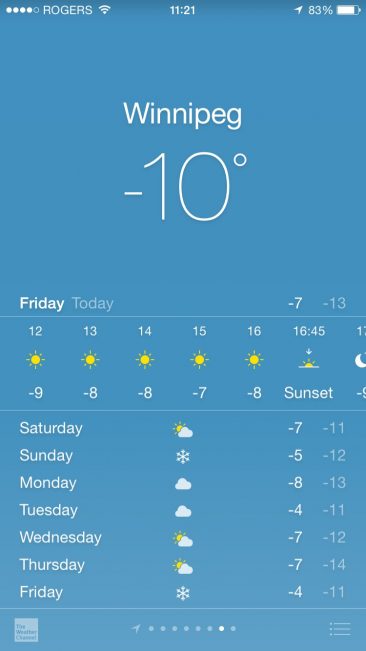
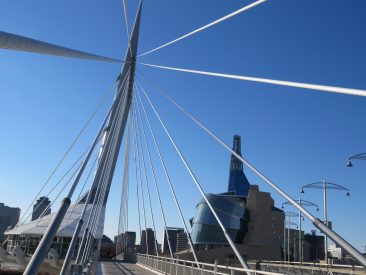

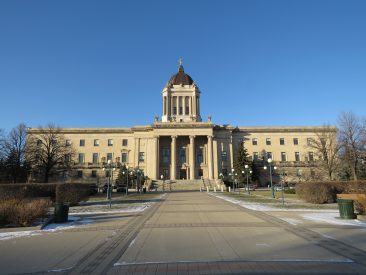
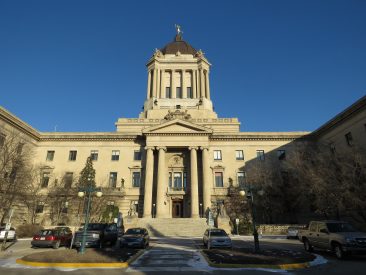
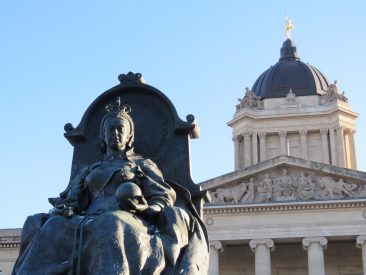
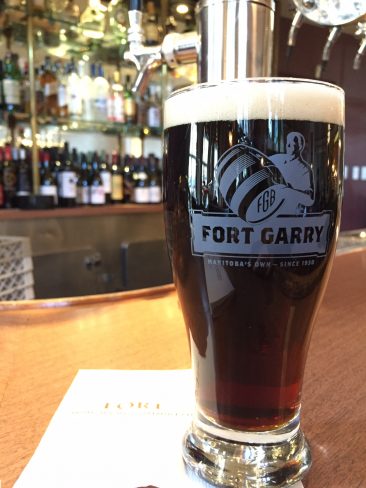
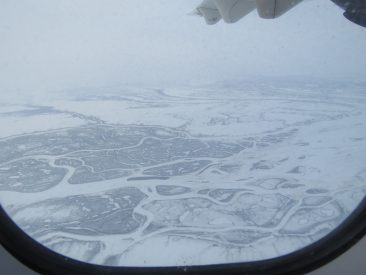
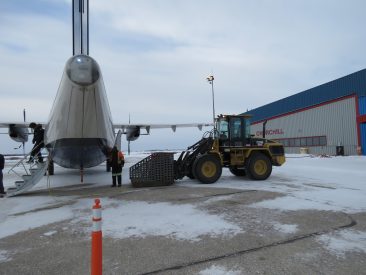
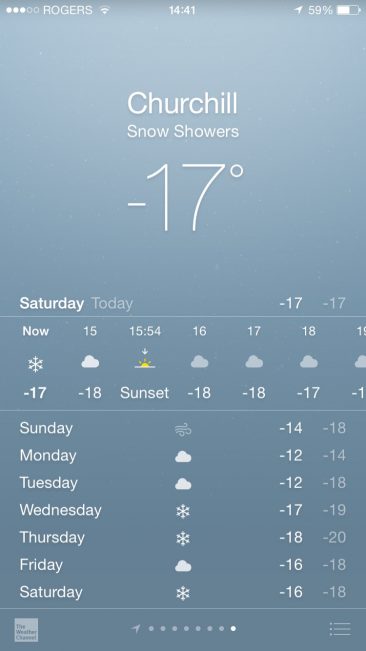
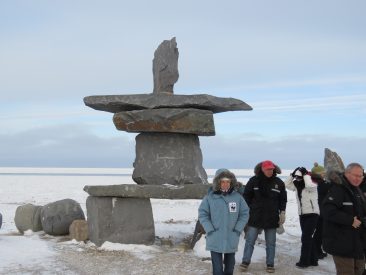
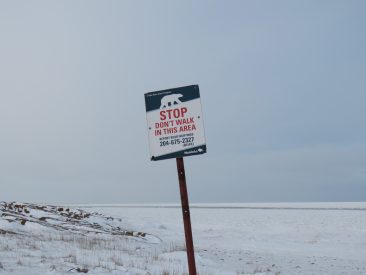
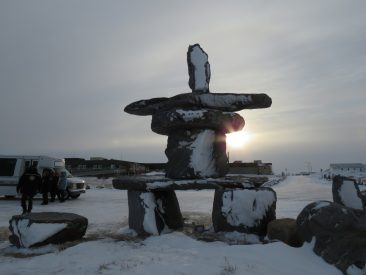
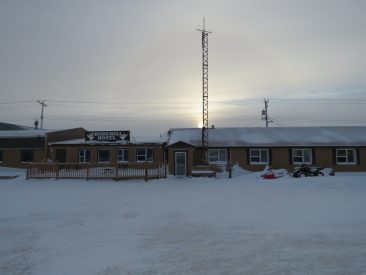
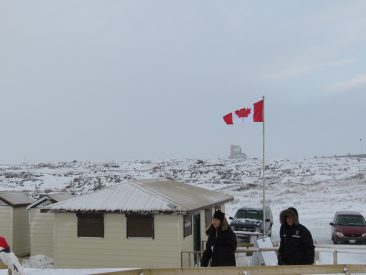
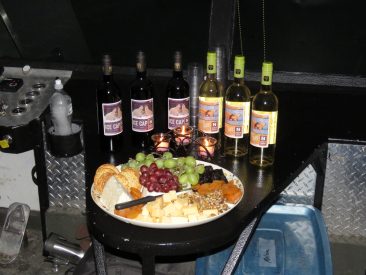
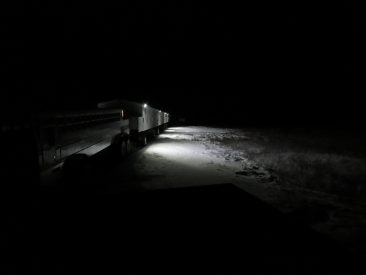
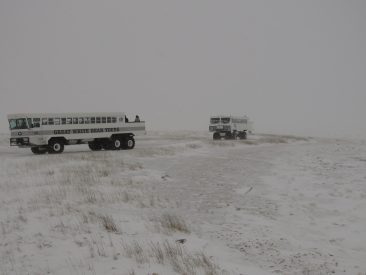
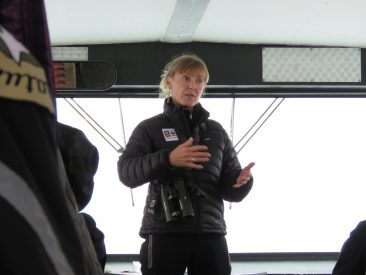
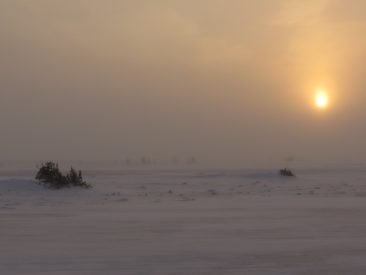
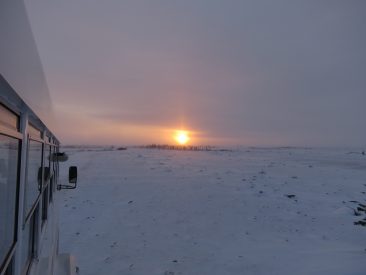
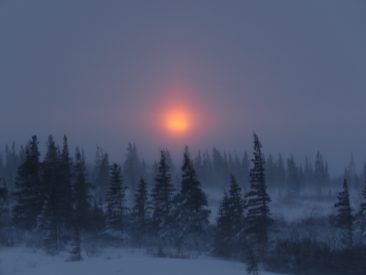

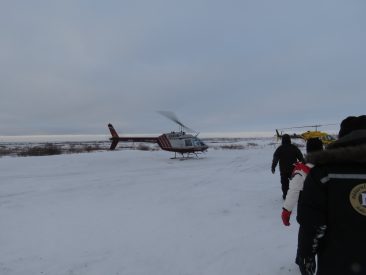
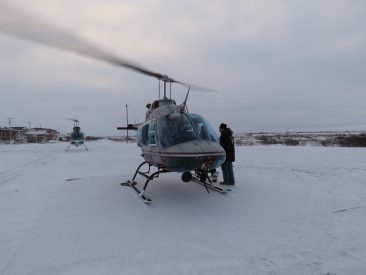
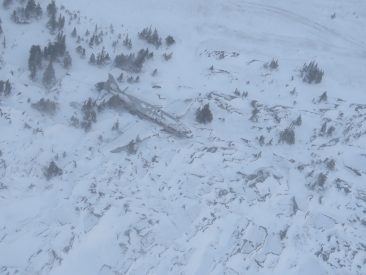


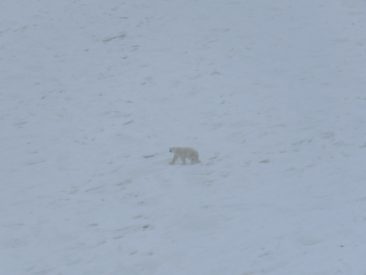
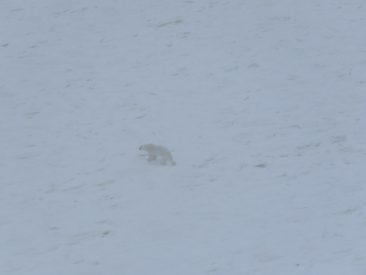
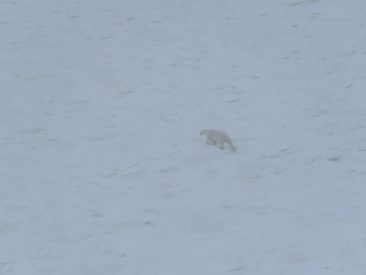

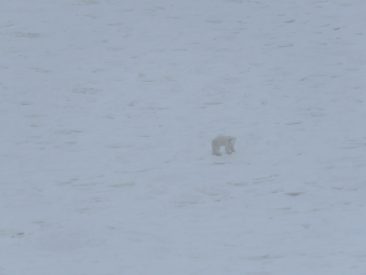
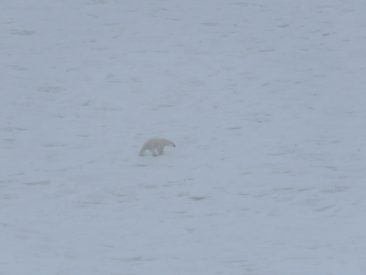
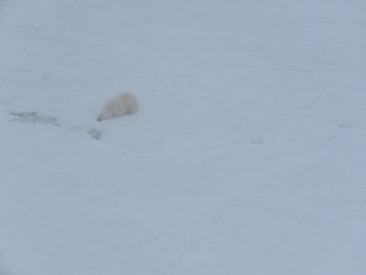
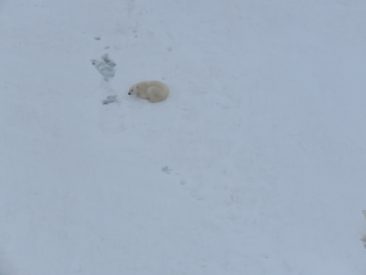
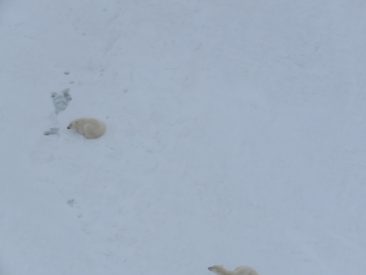
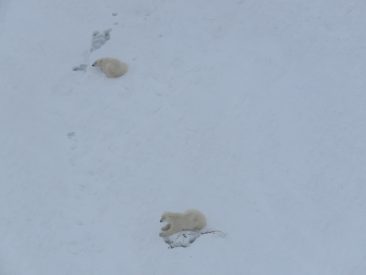
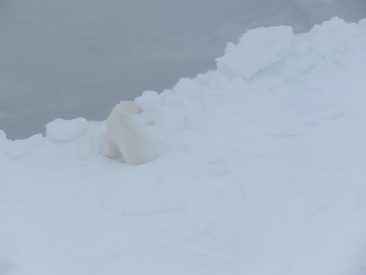
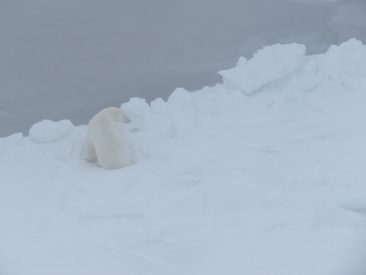
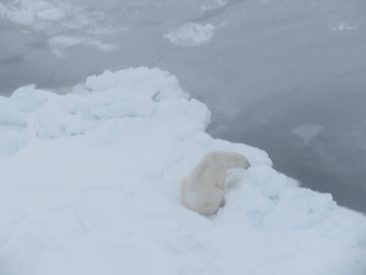
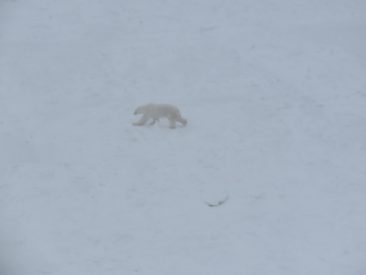
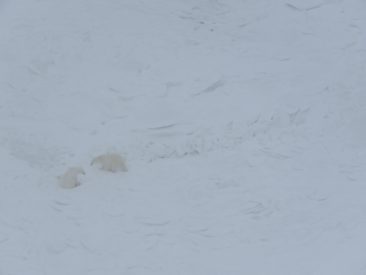
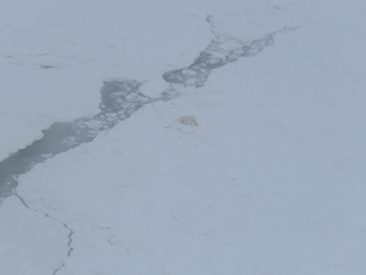
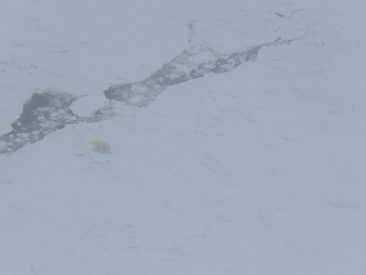
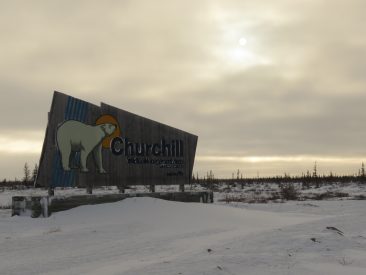
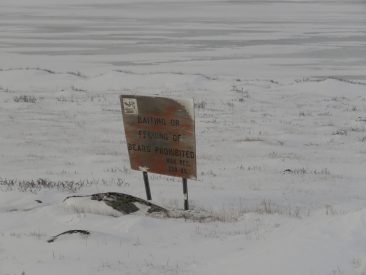
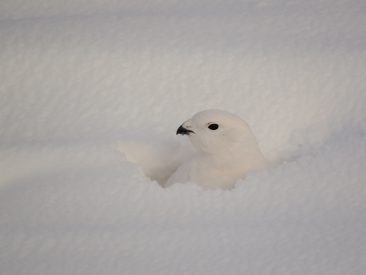
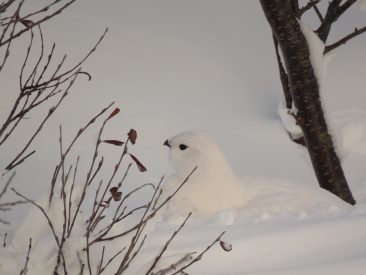
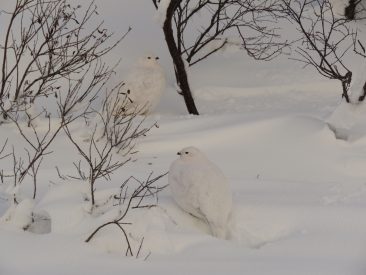
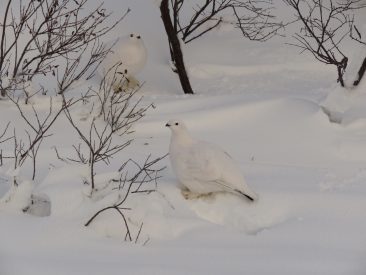
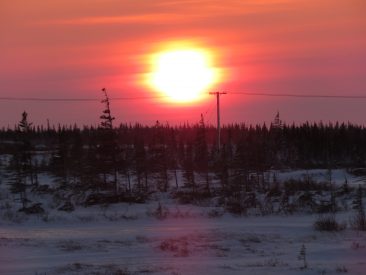
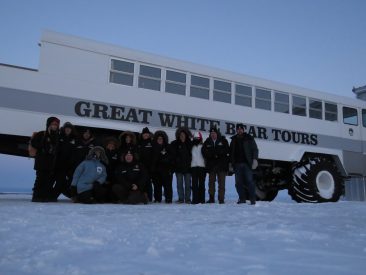
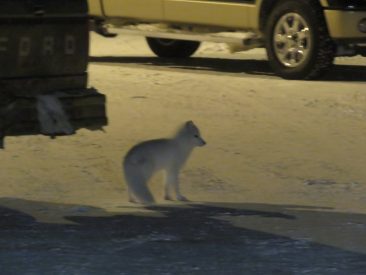
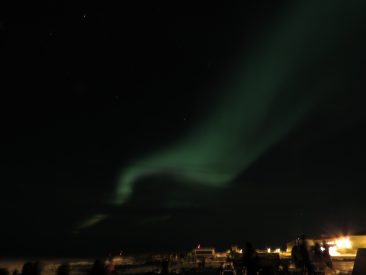
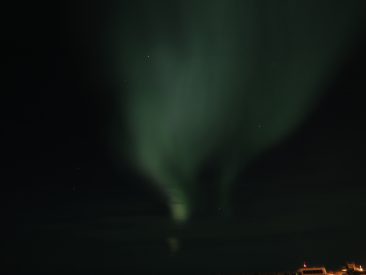
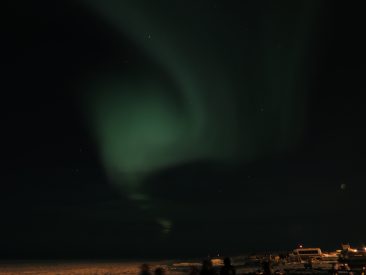
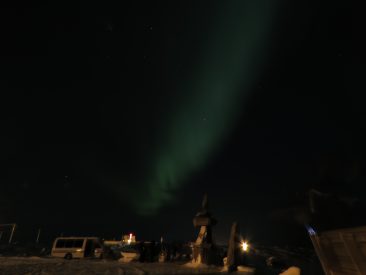

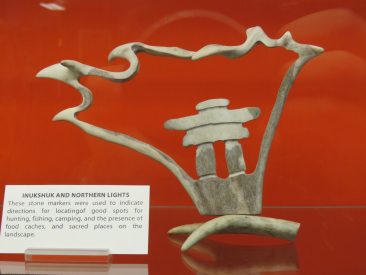

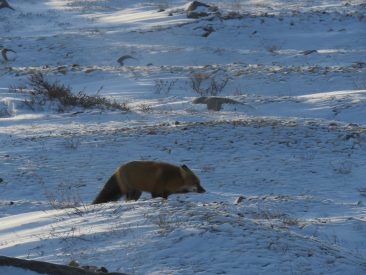
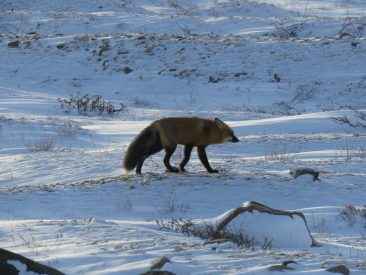
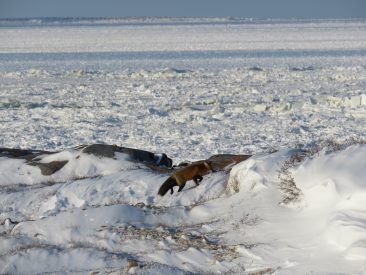
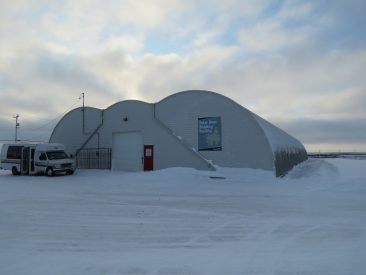
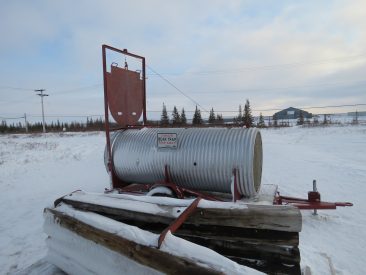
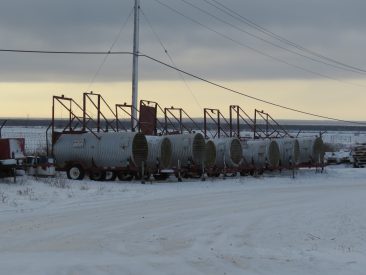
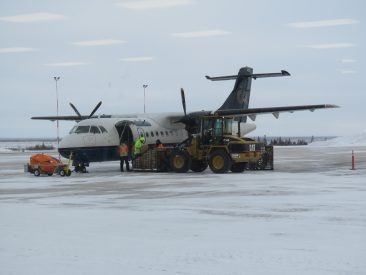
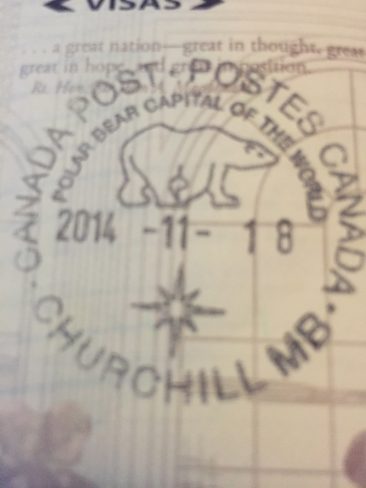
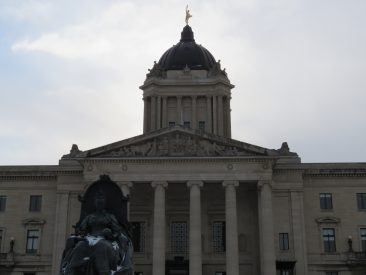
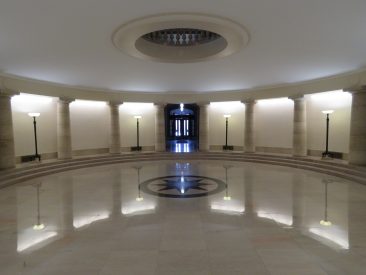
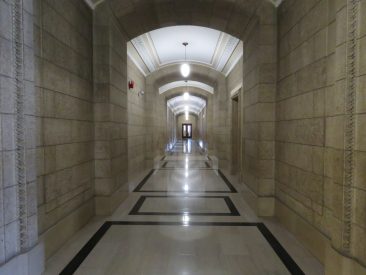

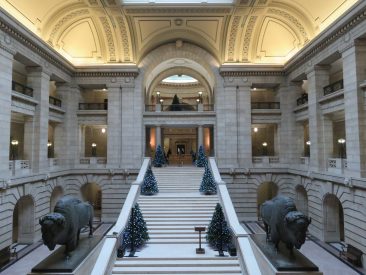
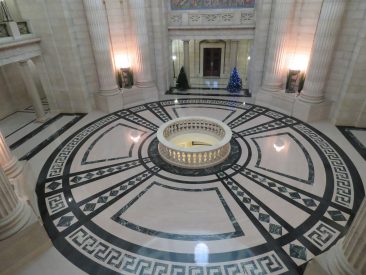
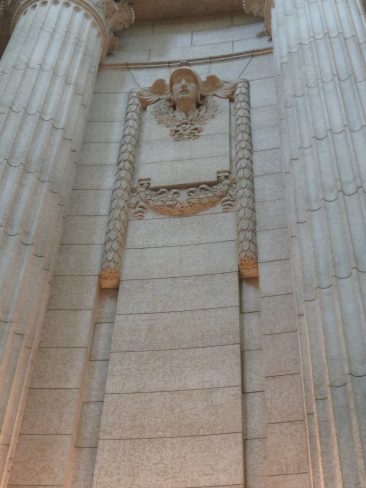
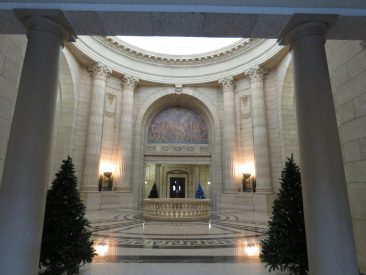
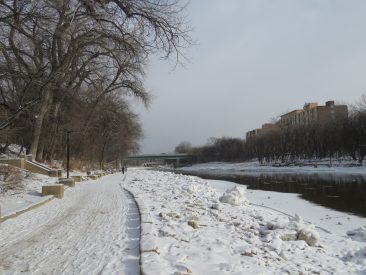

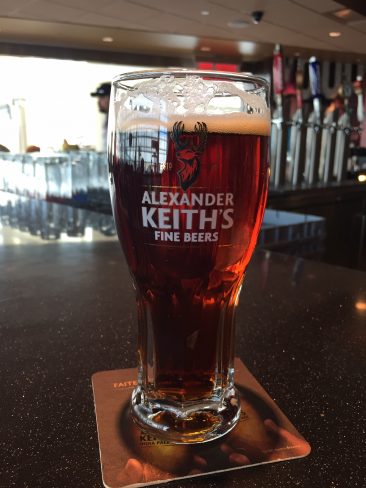
Nigel
Churchill is a wonderful place!
Rita
Great pictures!!! Love the Northern lights!!!